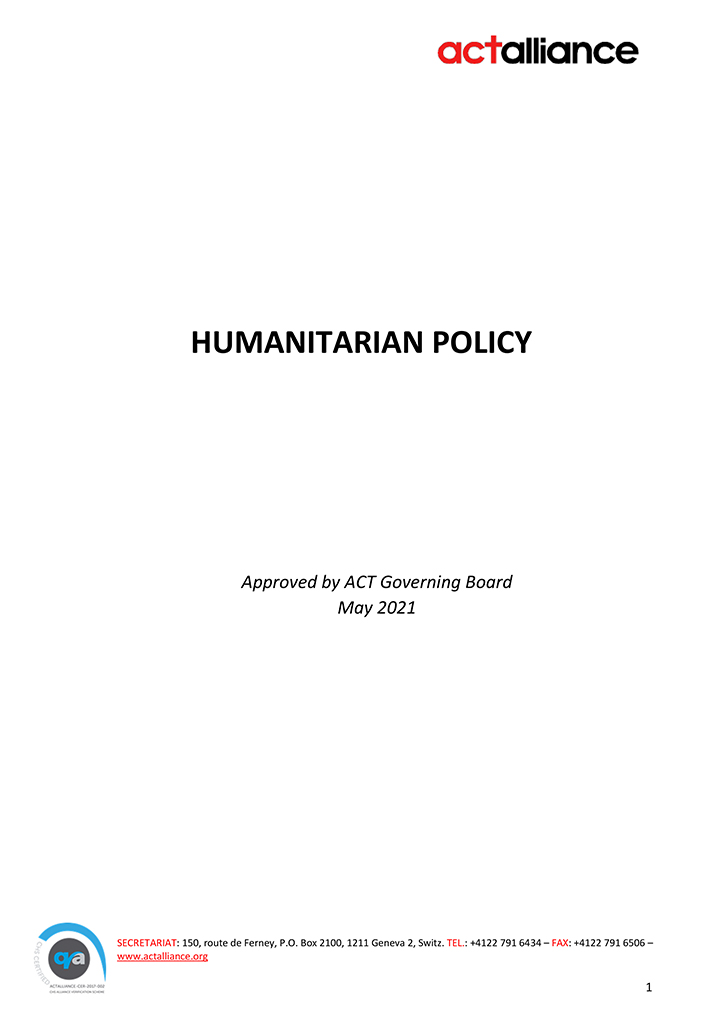Heavy rains have affected different regions in Bolivia. Overflowing rivers and floods were reported in Alto Beni, Palos Blancos, Guanay, Rurrenabaque, Riberalta, Villa Montes, Cutaiqui, San Borja and San Buenaventura. According to the Ministry of Defense reports, 79 municipalities (of 338 in the country) are under a state of disaster and 25 are under a state of emergency. A total of 47,125 families suffered partial loss of assets, 23,683 families have been left homeless, 34 people were reported dead and 26 people are missing. The Government has reported that the greatest number of affected people are found in Potosí, La Paz, Chuquisaca, Beni, Santa Cruz and Cochabamba - more than 70,000 families affected between February and April. Major damages include loss of crops, housing and other assets. The rains that have been falling since the beginning of the year, influenced by the El Niño phenomenon, have caused different degrees of impact. On 2 and 3 of April, heavy rains affected areas between the departments of Chuquisaca and Santa Cruz, affecting 3,059 families in two municipalities in Monteagudo and Cami. The Bolivian Government declared a national emergency on 27 February, and on 10 April declared an emergency for the departments of Potosí, La Paz, Chuquisaca, Santa Cruz and Cochabamba.
The Methodist Church from Bolivia, through its Rural Development Department is going to provide food security and psychosocial support to 500 affected households. The RRF will contribute to assist the needs of native indigenous households living in very remote communities from the departments of Potosi and Beni.
RRF_Floods_Bolivia_06_2019











